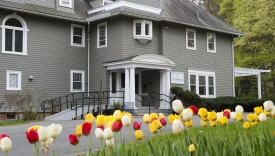History 414 - Therapeutc Rev/Mod Medicn
W 02:00PM-04:00PM
[C] Physicians often say that medicine became truly effective only in the mid-twentieth century when an avalanche of new remedies became available, first in Europe and North America but soon thereafter around the world. Collectively dubbed "the wonder drugs," these products included sulfa drugs and antibiotics for bacterial infections, cortico-steroids for arthritis and other inflammatory diseases, tranquilizers for mental illness, and diuretics for hypertension. The new medicines offered millions of patients relief from dread diseases and physicians long-awaited validation of the effectiveness of scientific medicine. For a generation that came of age in the 1940s and 1950s, they supplied powerful testimony to the creative and beneficent powers of science. The "wonder drugs" also gave pharmaceutical firms lucrative new products and governments complex new regulatory challenges. Many of our current debates over drug development, testing, marketing, and pricing commenced in the 1950s, as newly-introduced drugs helped reshape health care.
This seminar will treat the history of these "wonder drugs"--their origins in biomedical research, their production and distribution, and some of the medical and political issues that are associated with their cost and safety. All participants in the seminar will be required to write a research paper of at least 20 pages involving the use of primary sources. One class meeting per week.
Admission with consent of instructor. Not open to first-year students. Limited to 20 students. Spring semester. Professor Servos.


